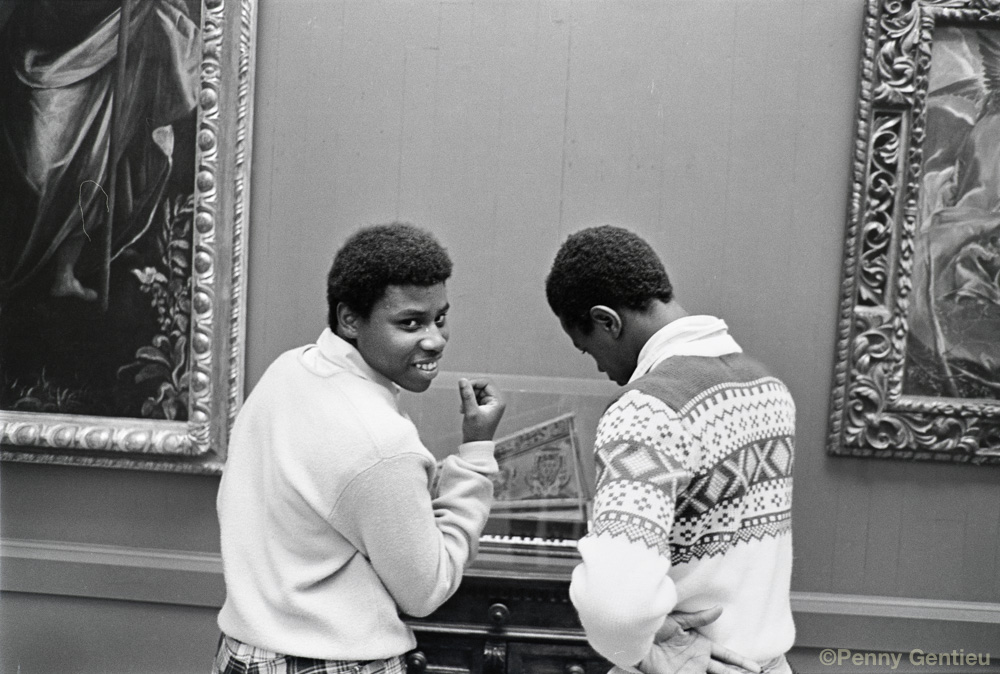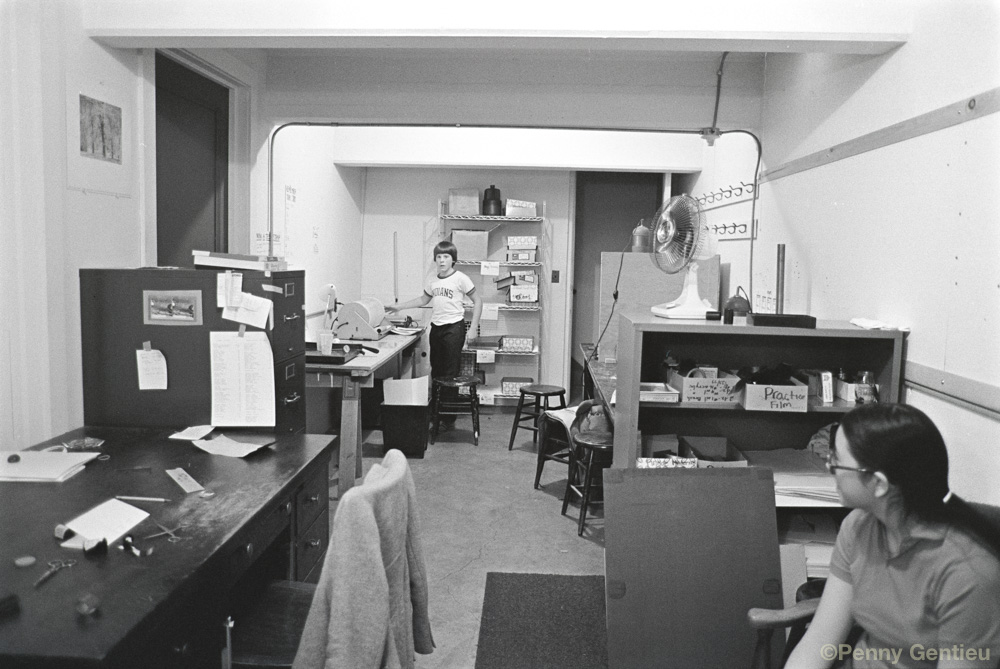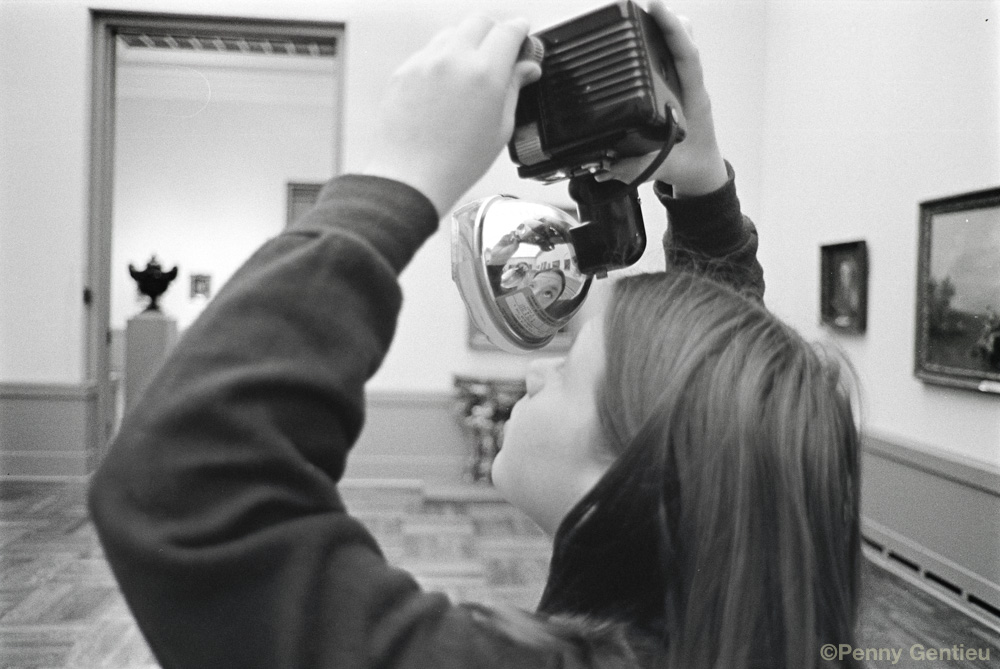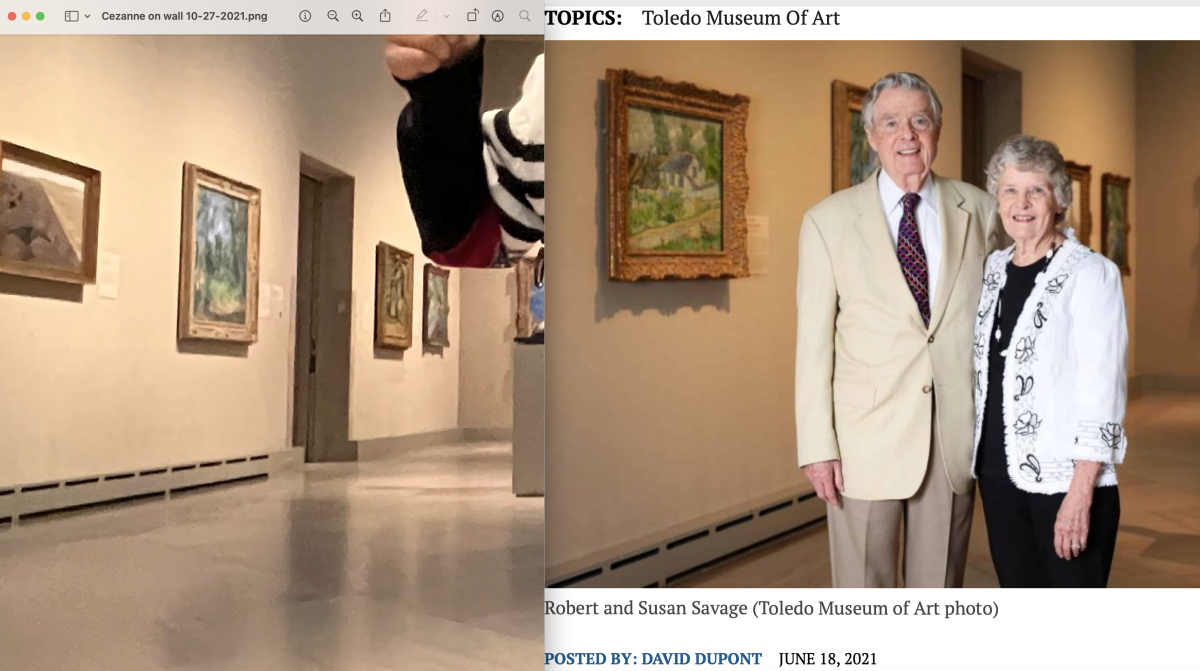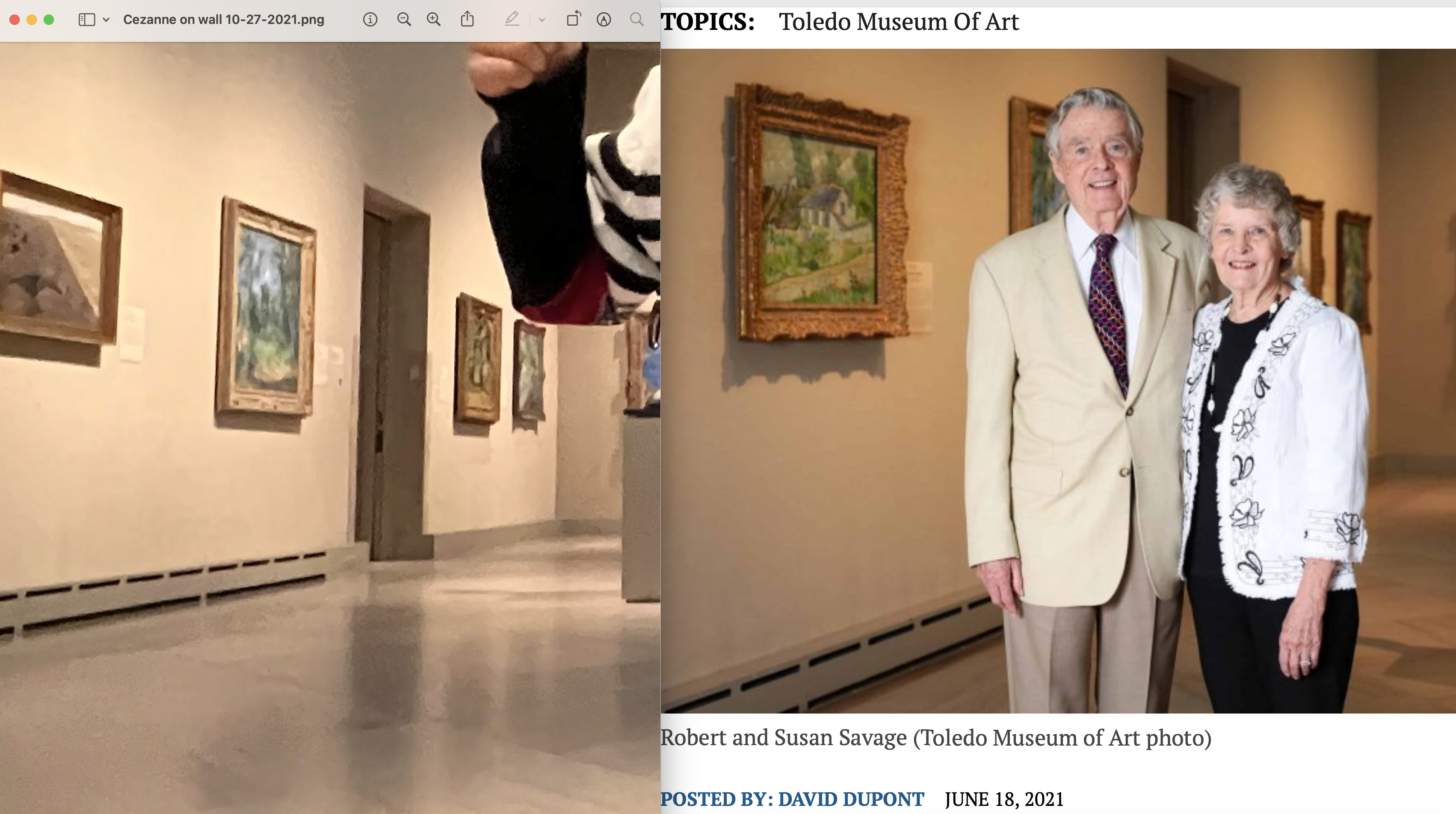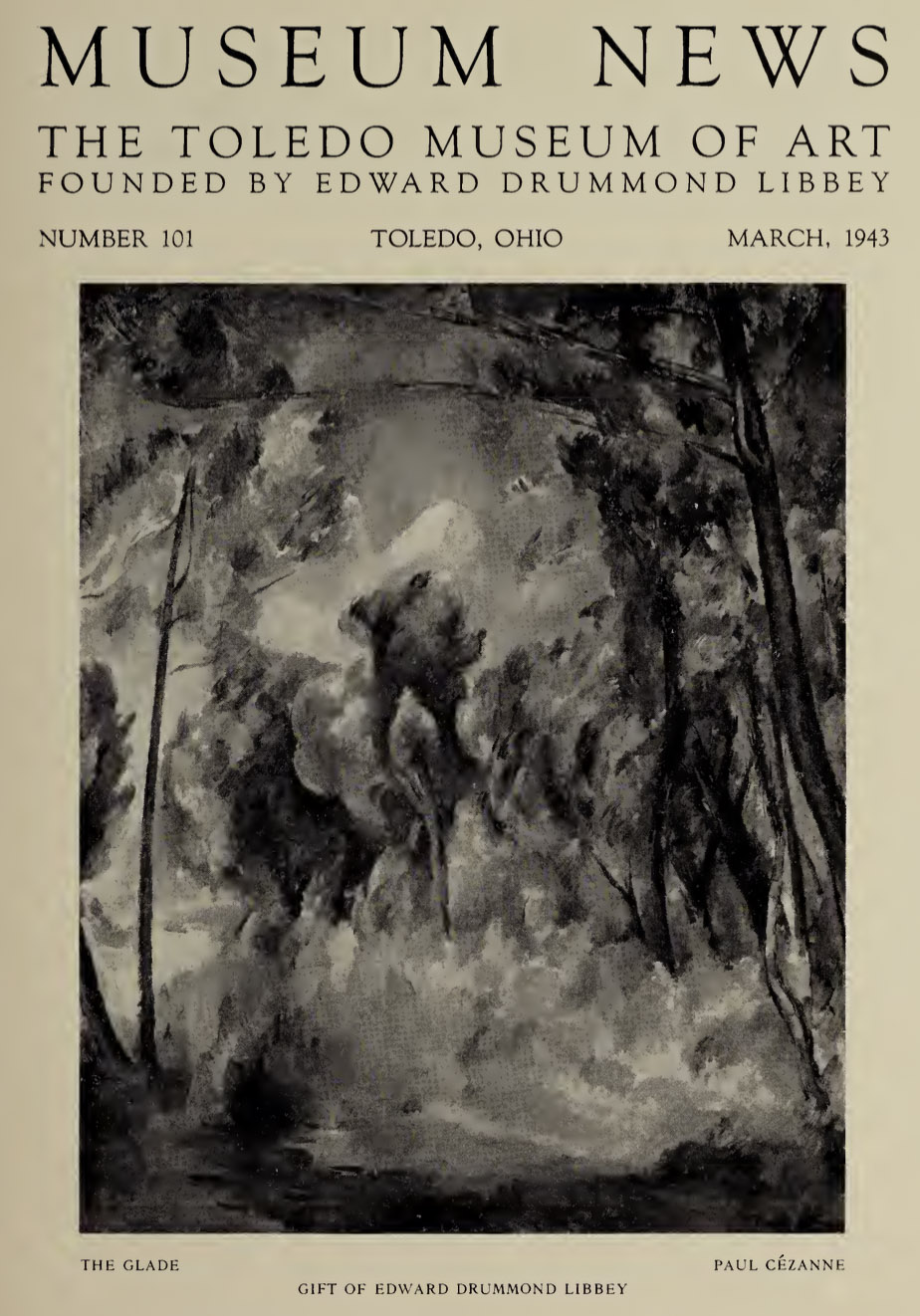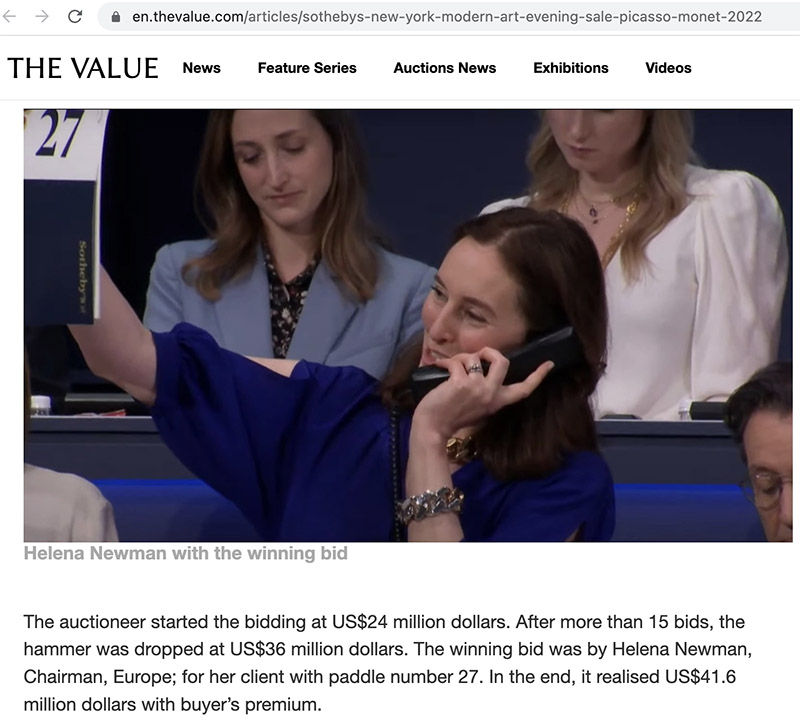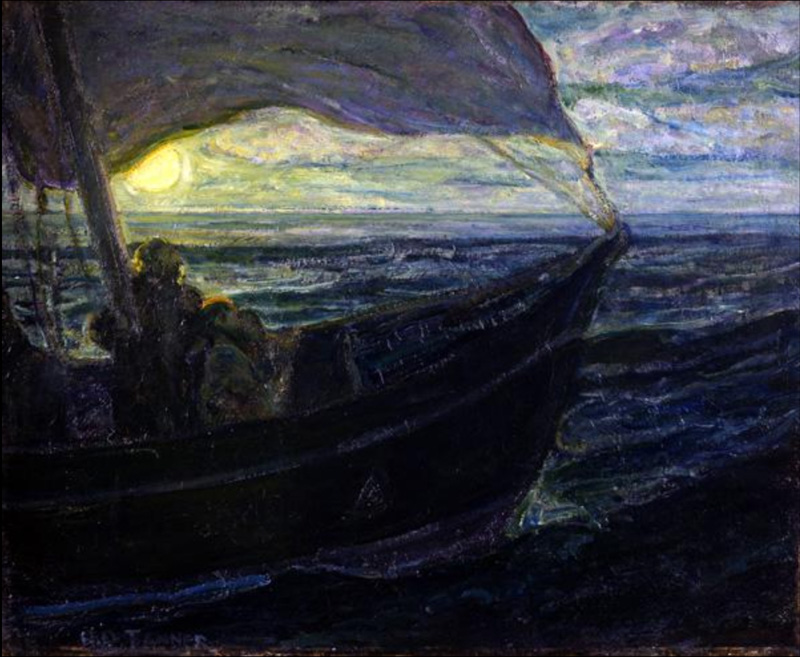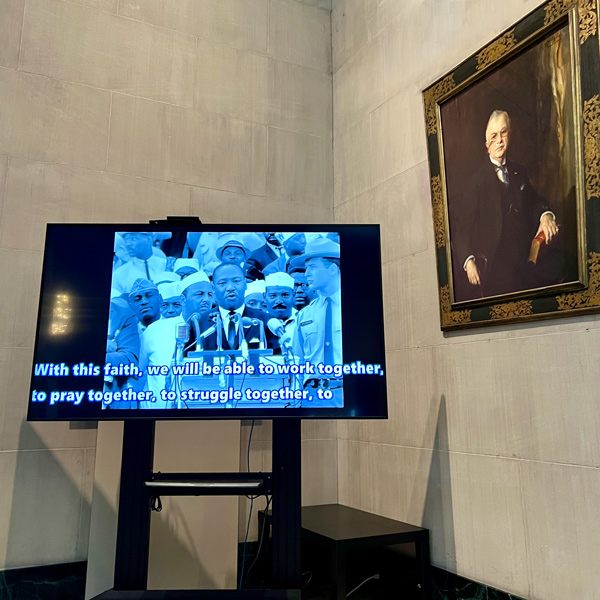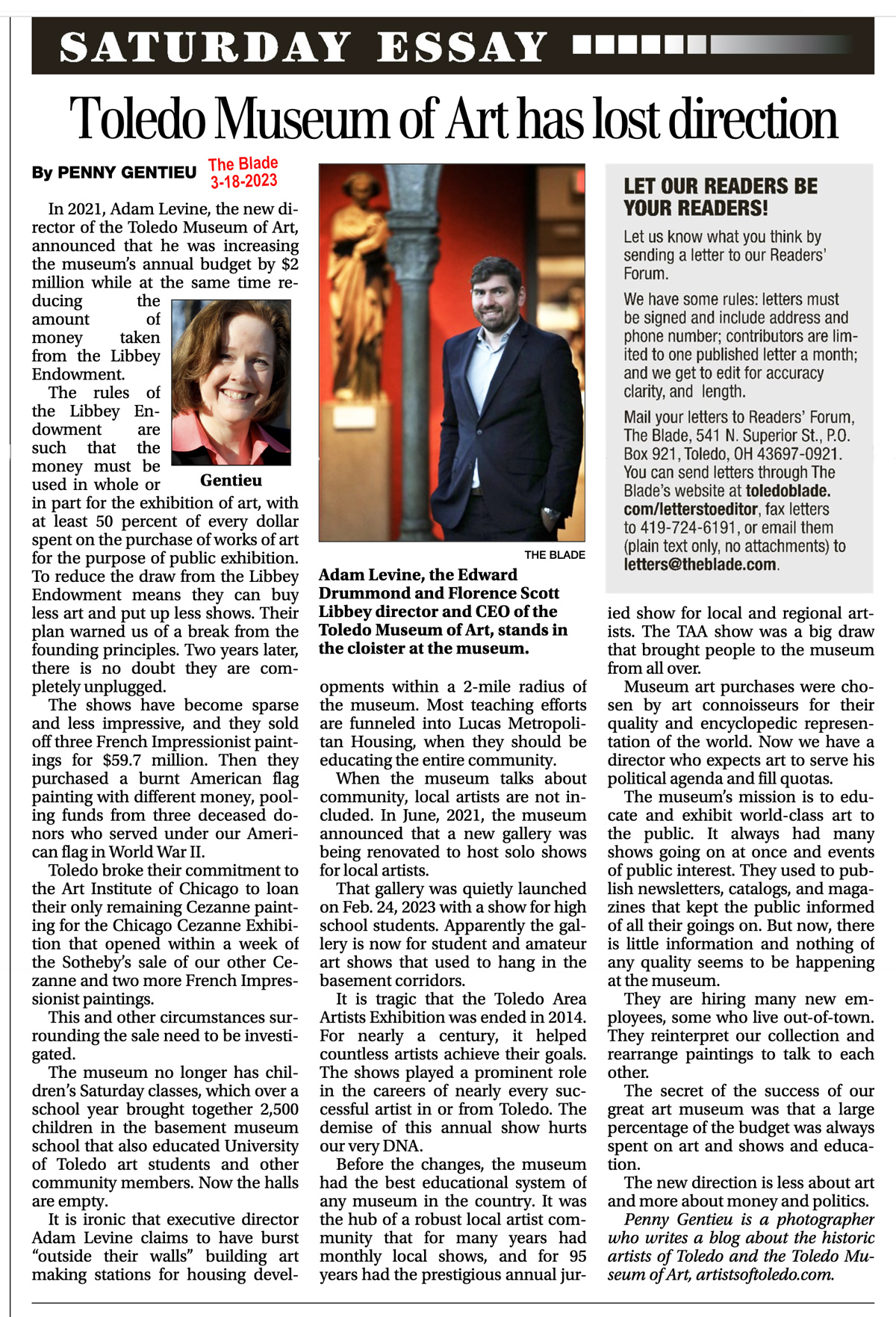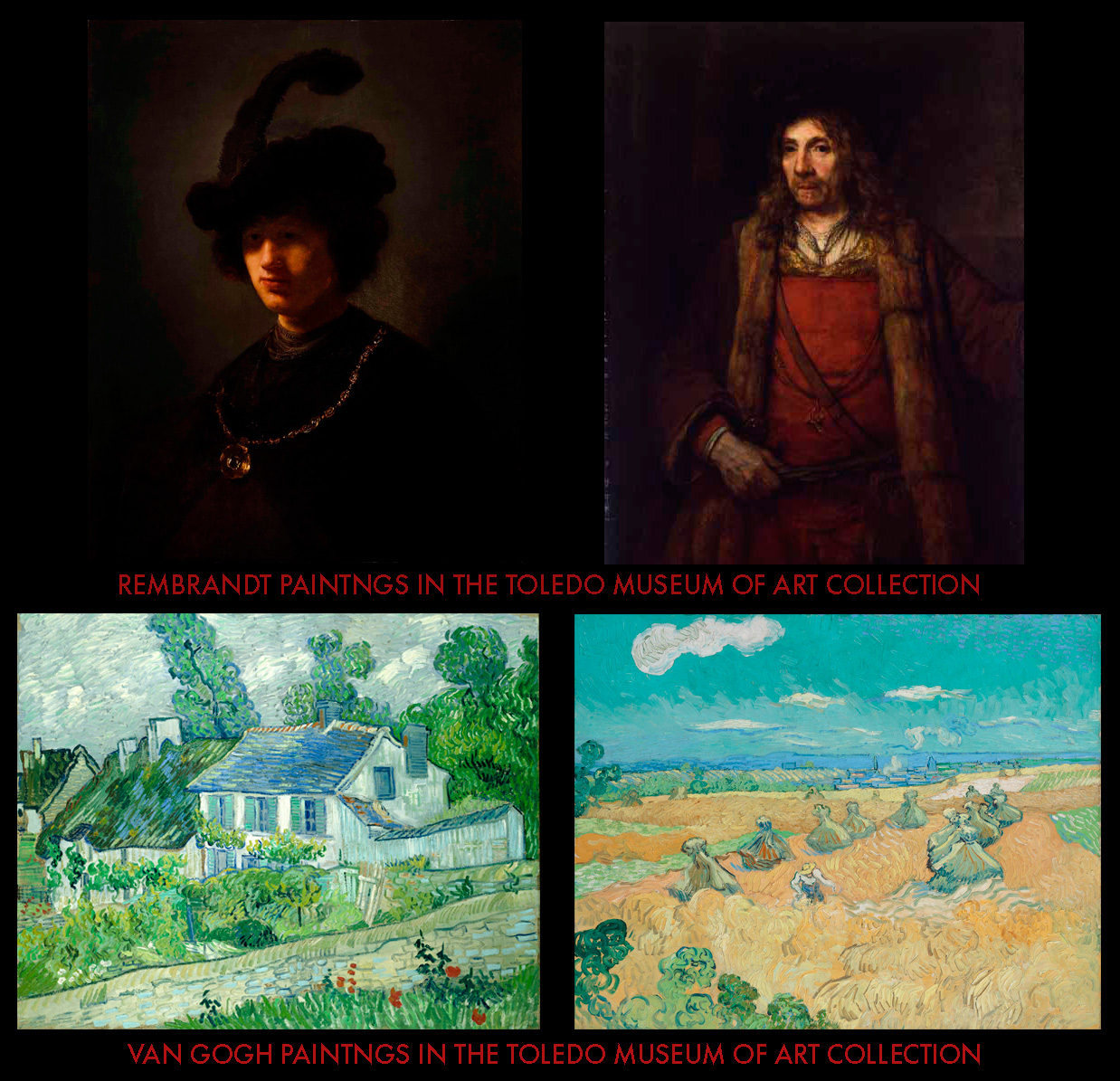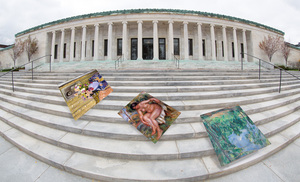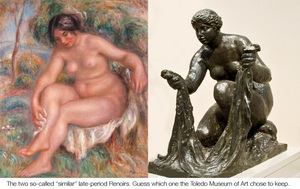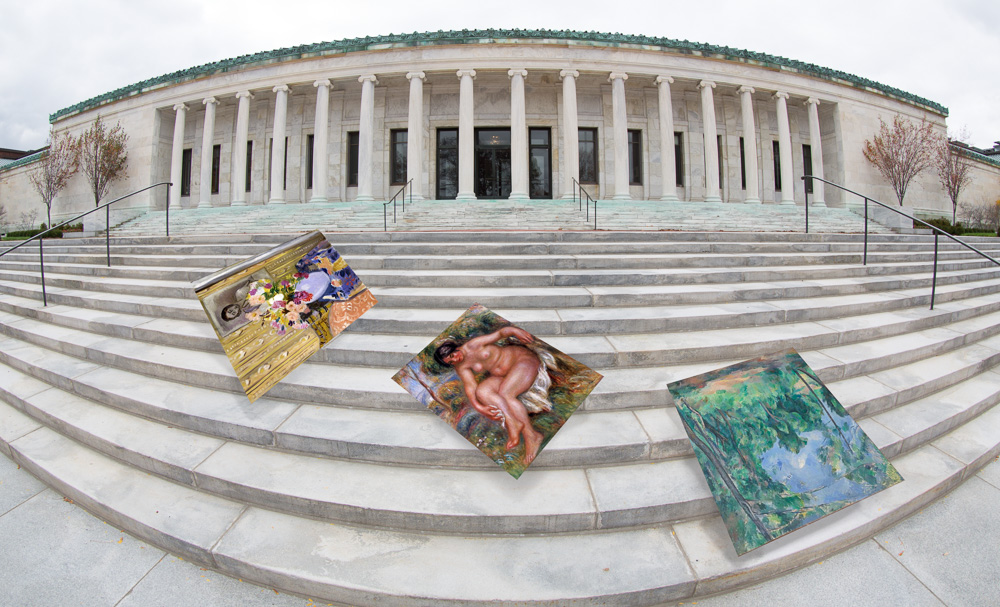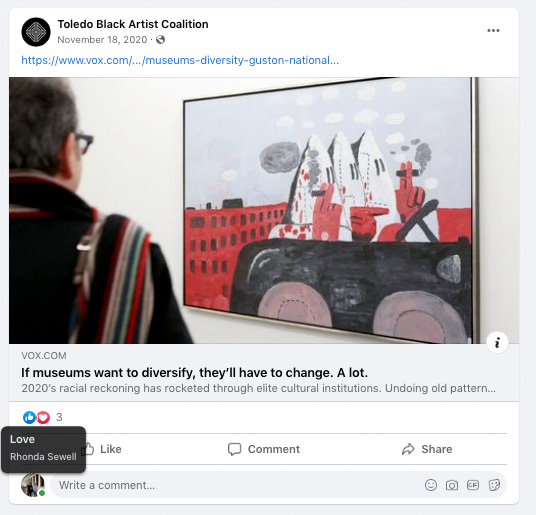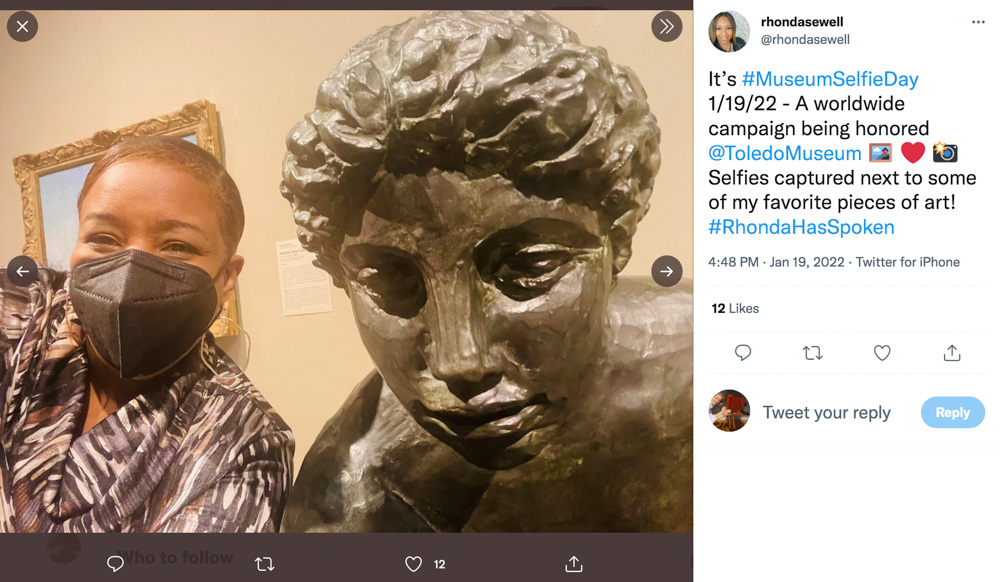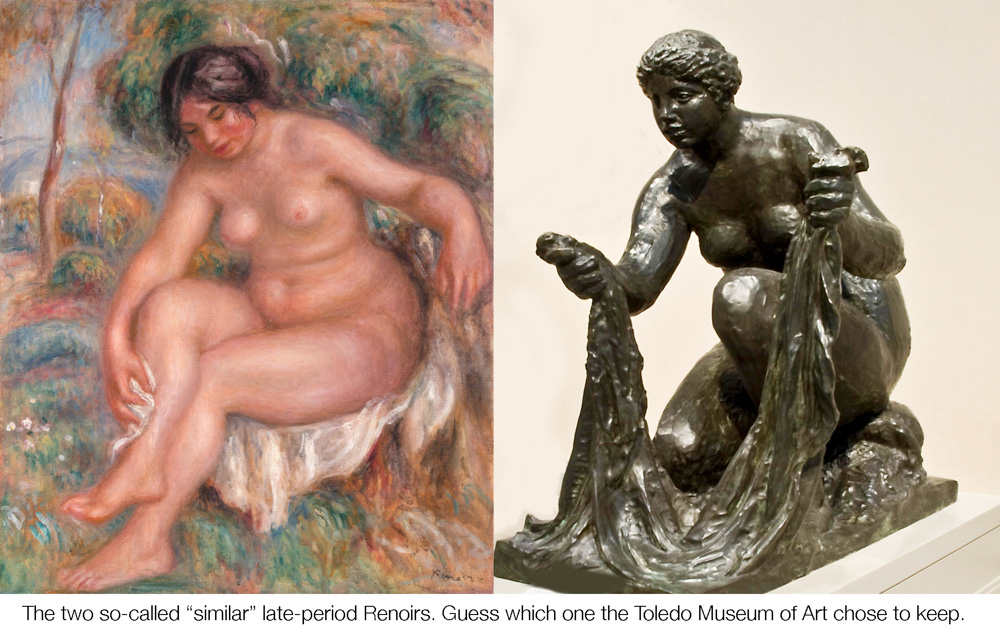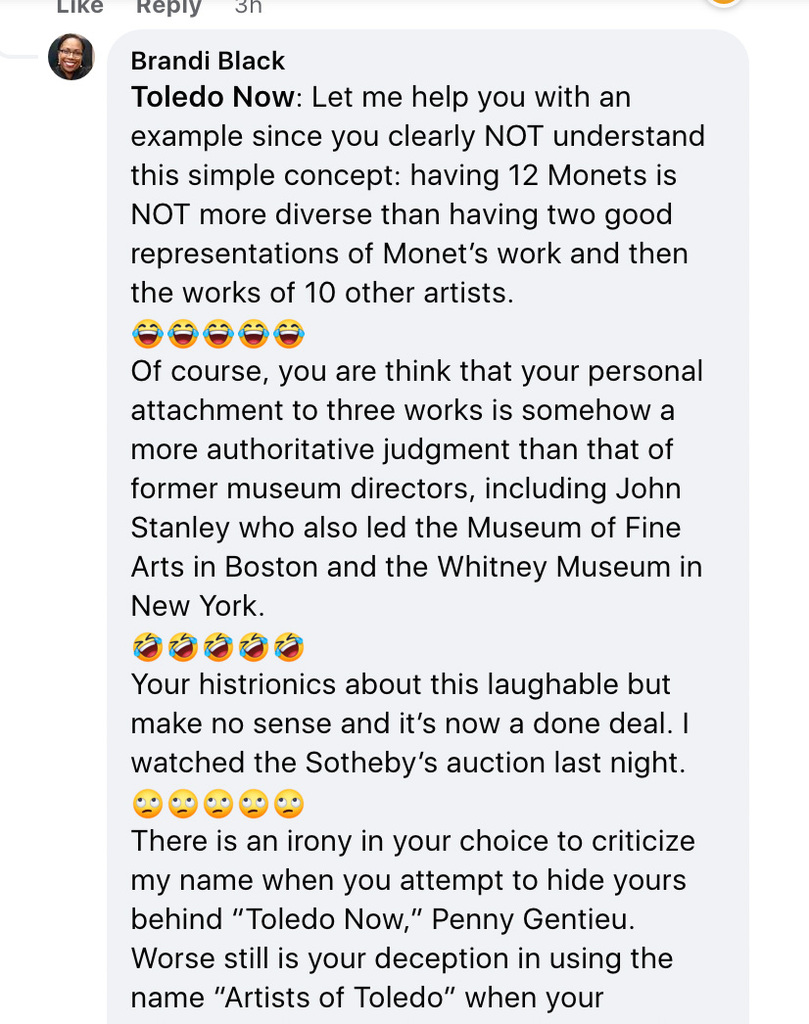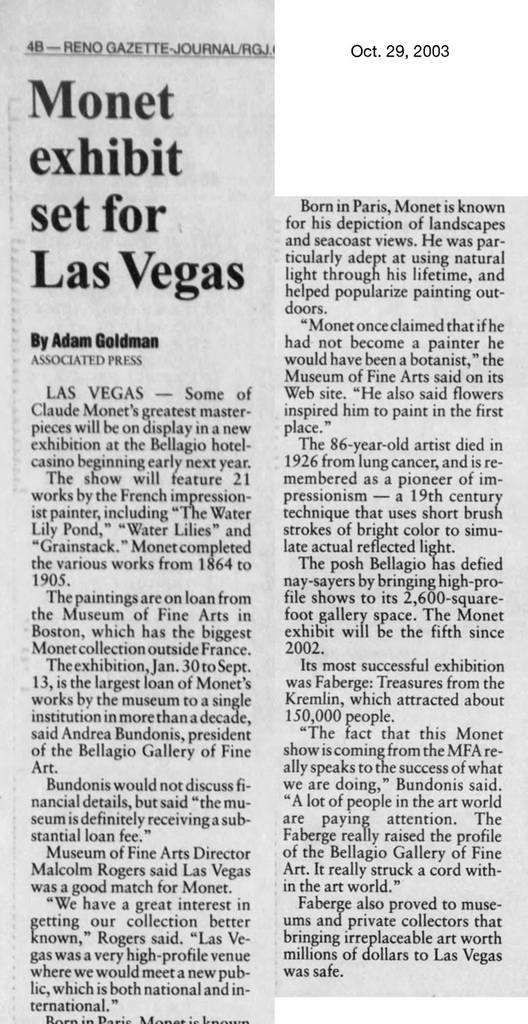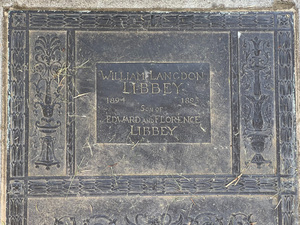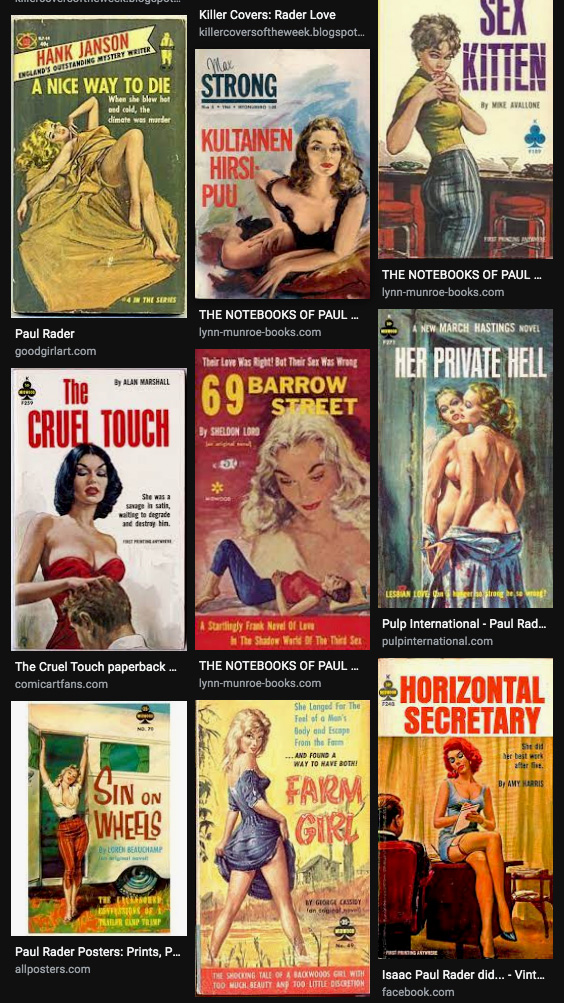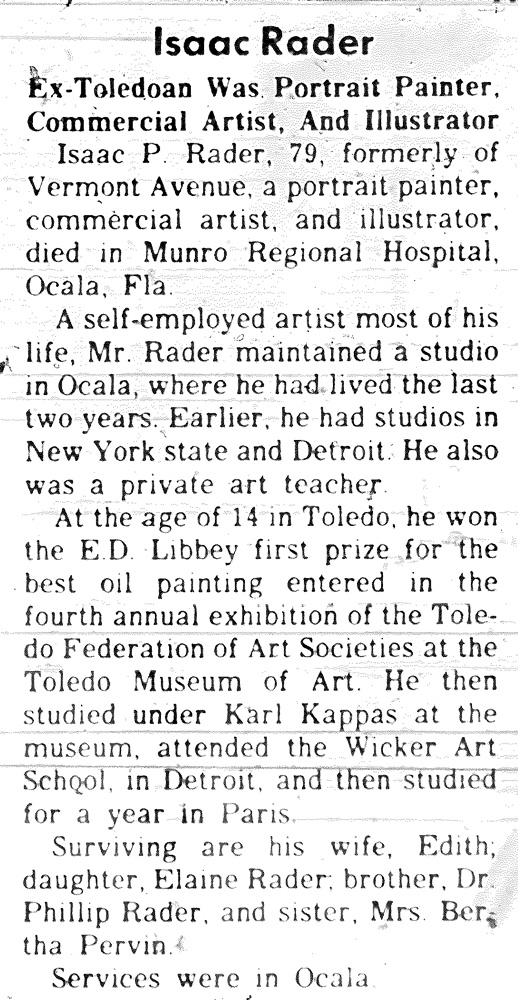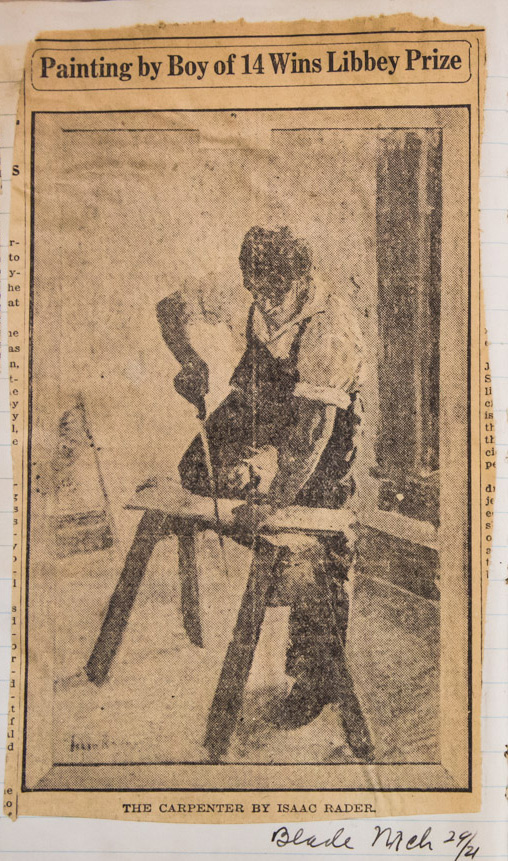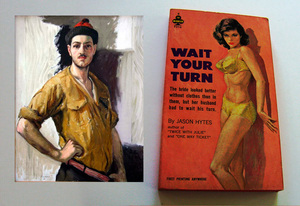“The superpower that an art museum has is when something goes up on the wall, it’s considered good. We set the cannon,” told the new Director of the Toledo Museum of Art, Adam Levine, to Forbes.com in 2022.
The Toledo Museum of Art makes their own art now.
the new toledo unmuseum
Witness the pathetic transformation of the Toledo Museum of Art, a shift now taking place at the expense of the founder Edward Drummond Libbey and the citizens of Toledo. Is this a breach of fiduciary duty to the museum’s founders, donors, and the Toledo community? The Charitable Law Section of the Ohio Attorney General’s office initiated an investigation on Edward Drummond Libbey’s birthday, April 17, 2023. Will they intervene to stop the damage being done to our museum?
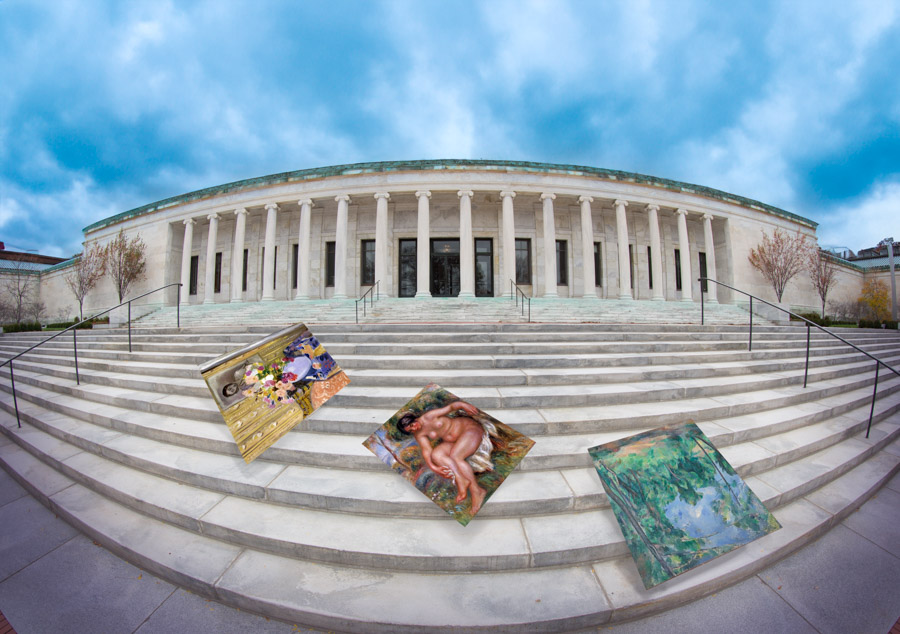
The remaining French Impressionist paintings, a major cornerstone of the museum’s collection, were banished to a back room across the street from the museum at the Glass Pavilion.
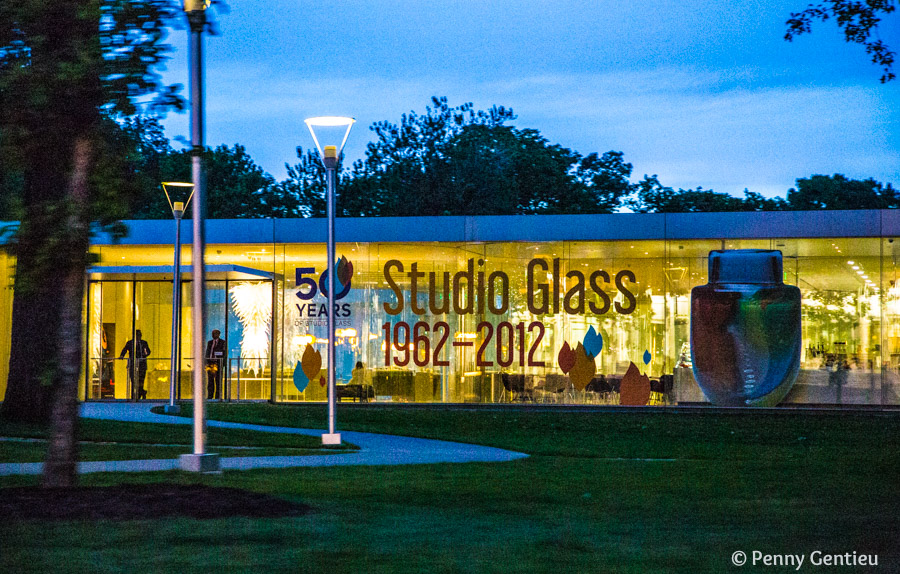
Toledo Museum of Art’s outstanding collection of Impressionist and Post-Impressionist paintings have been moved to a back room gallery at the Glass Pavilion.
The Glass Pavilion, with its curved glass walls was built in 2006 to display the museum’s glass collection.
But since then, the leadership of the museum has completely changed. The new people, not from Toledo and with little if any experience running a museum, are having a field day “rebranding” the museum and selling off valuable paintings from the Impressionist collection. They act with no regard for the museum!
The Impressionist paintings hung in two front galleries of the museum — they were often the first galleries a visitor would go to. The famous French paintings, made by white men, had to go, regardless of how important they are to the history of art, and to the museum’s collection.
Islamic and Asian art, regardless of the importance of this collection to the museum, will occupy the former Impressionist galleries — contemporary Asian art all the way back to ancient Asian art. Visitors can now contemplate the politics of looted art (which is also on view in the African collection in the opposite front gallery).
It was just last year that they took the American art from the American Galleries in the west wing that had been thusly funded by the Barbers, and moved it all to the back of the museum, shaming the art with controversial wall text.
The relocation of the popular paintings from the museum to the Glass Pavilion makes it hard for visitors with mobility issues to have equal access to artwork. Visitors must go down 26 steps to get to Monroe Street, then cross the four-lane busy street without a traffic light to follow a long curvy sidewalk leading to the Glass Pavilion. The relocation contradicts the principles of the newly formed Access Initiatives Department. This issue exists, in spite of the new Conda Family Manager of Access Initiatives (the department manager’s salary being perpetually funded by an endowment from the Conda family). How does the manager of Access Initiatives, Katie Shelley, justify her salary after she let that happen? She starred in a video, describing the long trek over to the Glass Pavilion, and blaming the historic museum for its lack of access – this – after the museum purposefully moved the paintings out of reach.
It seems that nobody running the museum these days cares about art, least of all the new donors like the Condas, and also the Savages (the namesake of the new “community gallery” which has proven to be an insult to local artists.) Donors of the past as well as board members used to be great art aficionados — check them out — but today’s museum board’s appreciation of art is questionable to say the least. The museum’s stellar reputation for being a great art museum is running on fumes.
How long before the Toledo Museum of Art is entirely dismantled? They work fast!
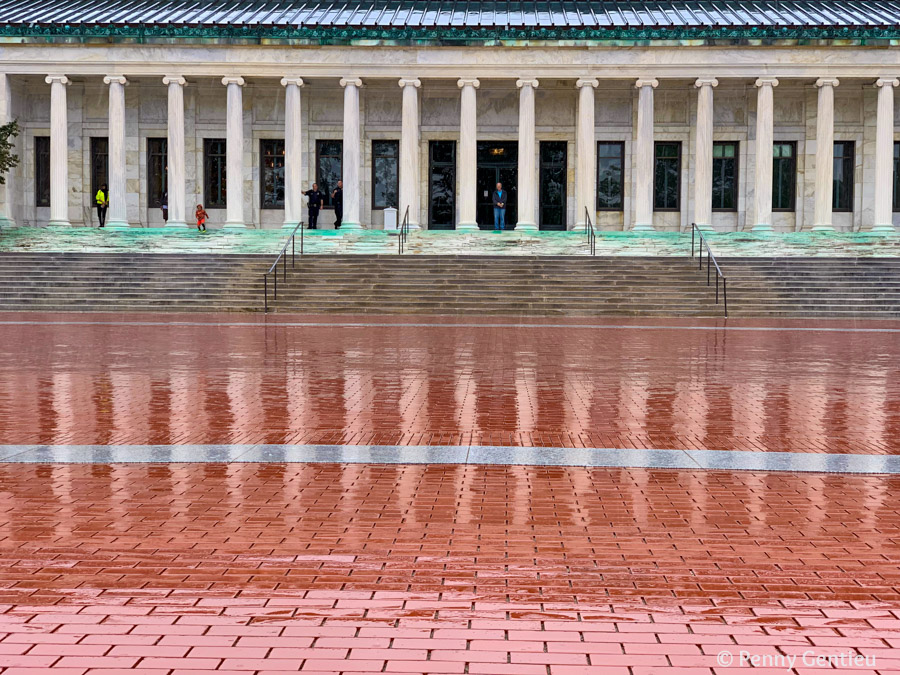
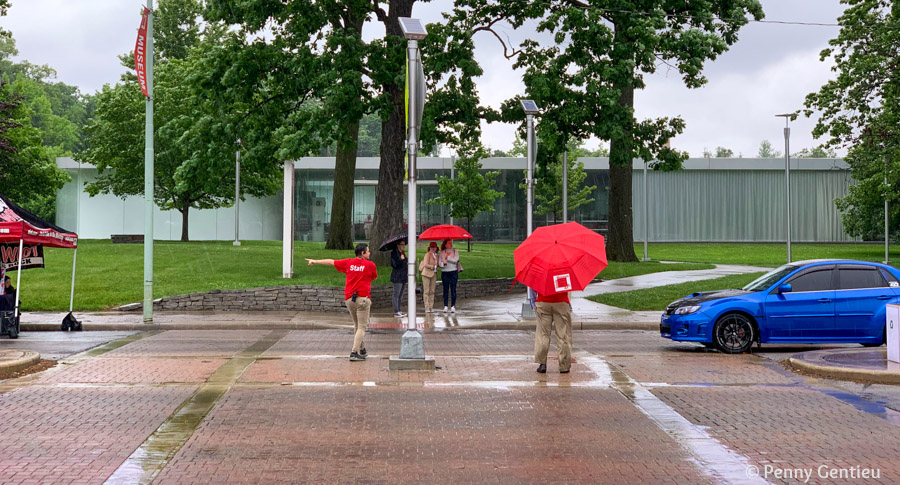
art is not mentioned in the museum’s new mission statement
The museum can’t stop spending money on surveys and branding and rebranding. Here are some quotes from the design firm, Scorpion Rose Studio, who designed the museum’s new spyglass logo, about how the museum came to them for branding because they wanted to look modern and inclusive.
We answered with a total rebrand, including strategy and a holistic design system, that will help TMA continue its journey toward the kind of modern museum they strive to be – one that has its doors open to all.
We grounded the rebrand on a strategic platform: The transformative power of art is for all of Toledo.
TMA’s previous brand voice – academic, critical, elite – created a barrier to expanding its audience to those who felt historically excluded.
B.S.!!
I took art classes at the museum for years. Everyone was included, no one felt unwelcome. Then two years ago, they hired a Brand Manager from Colorado for a new branding department who branded the museum “academic, critical, elite” to justify the “new” branding of being inclusive and welcoming – the very qualities the museum possessed from the beginning.
THE MUSEUM IS FREE FOR EVERYONE, THANKS TO THE FOUNDERS.
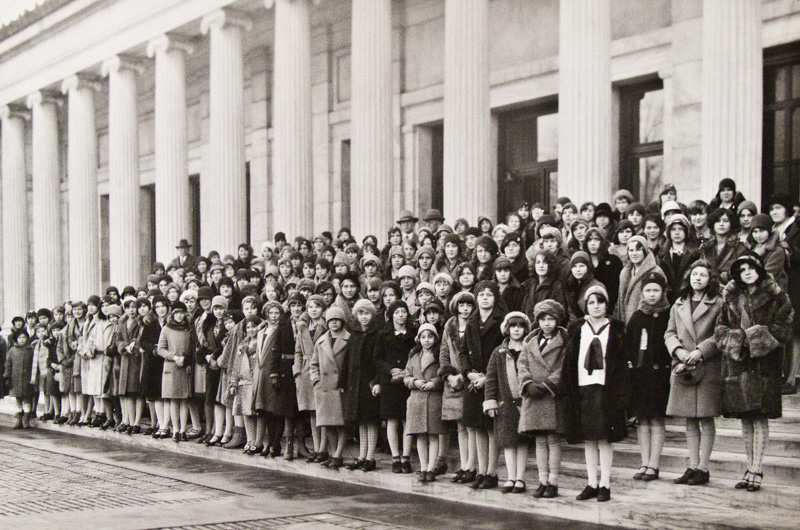
The Toledo Museum of Art was built on the principle of community.

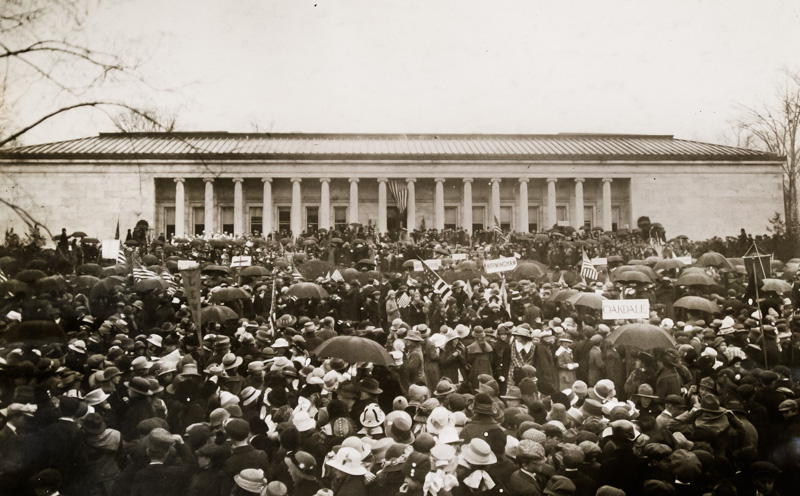
November 1919 in front of the art museum: looks like inclusion to me.
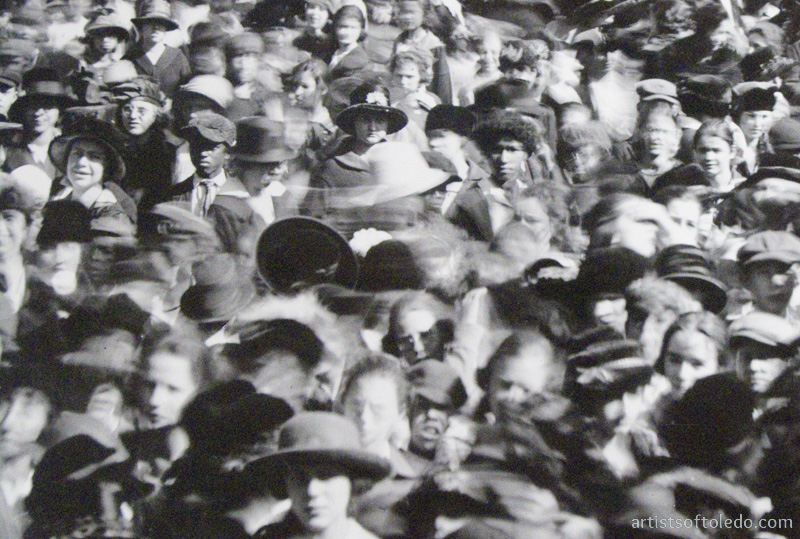



a wicked opportunity
Adam Levine, who is from New York, came to our democratic museum in 2020 as the new director. He made a huge blunder right away by saying the museum should remain neutral during the George Floyd crisis. Ever since then he’s been bending over backwards, blaming the museum for being racist. He condescendingly reduced the standards of the museum, as if it is morally necessary to lower the quality to what he perceives to be the lowest common denominator. Is Adam Levine an opportunist? Read this blog post from April 2022:
Covering the director’s memo mistake
Could all of this be a smokescreen for selling off our famous Impressionist paintings by Cezanne, Renoir and Matisse to private collectors — making $61 million on the three paintings in 2022? The woke quote floated by museum insiders in 2022 was, “Who cares about a few old white men?”
“Museum-goers want to see themselves on the walls!”
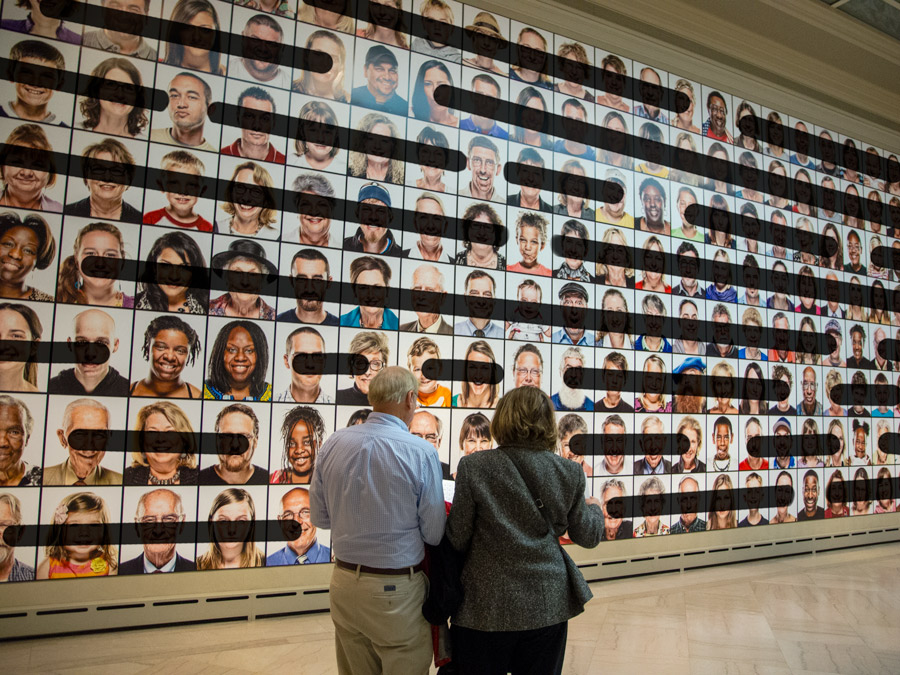
With an engorged staff having been added for a new department for “Belonging” and another for “People” and another for “Access Initiatives” as well as for the “Branding” department, the museum started concentrating on the nearby black community exclusively, actually going personally to their door to get them to come to the new woke museum, all redone to what Adam Levine condescendingly thought would be to their liking. Now, what to do with those paintings by old white men? They have to go! Conveniently, the paintings are so valuable as well…
about being a good steward and having a fiduciary duty
Soon after the Ohio Attorney General’s investigation commenced, Adam Levine moved the Impressionist paintings across the street to the unlikely room in the Glass Pavilion. How very arrogant to appear so untouchably righteous.
Edward Drummond and Florence Libbey, the museum’s founders, would wonder, who are these people entrusted with their generous gift to the people of Toledo, and what do they think they are doing? And that is why the museum is being investigated by the Charitable Law Section of the Ohio Attorney General’s office.
“We owe it to ourselves, to the school children of Toledo, and to the future generations to see that our good work shall continue, that we lay a foundation so solid and so complete that the future citizens of Toledo will look back upon this, our pioneer work, with praise and appreciation.” — Edward Drummond Libbey

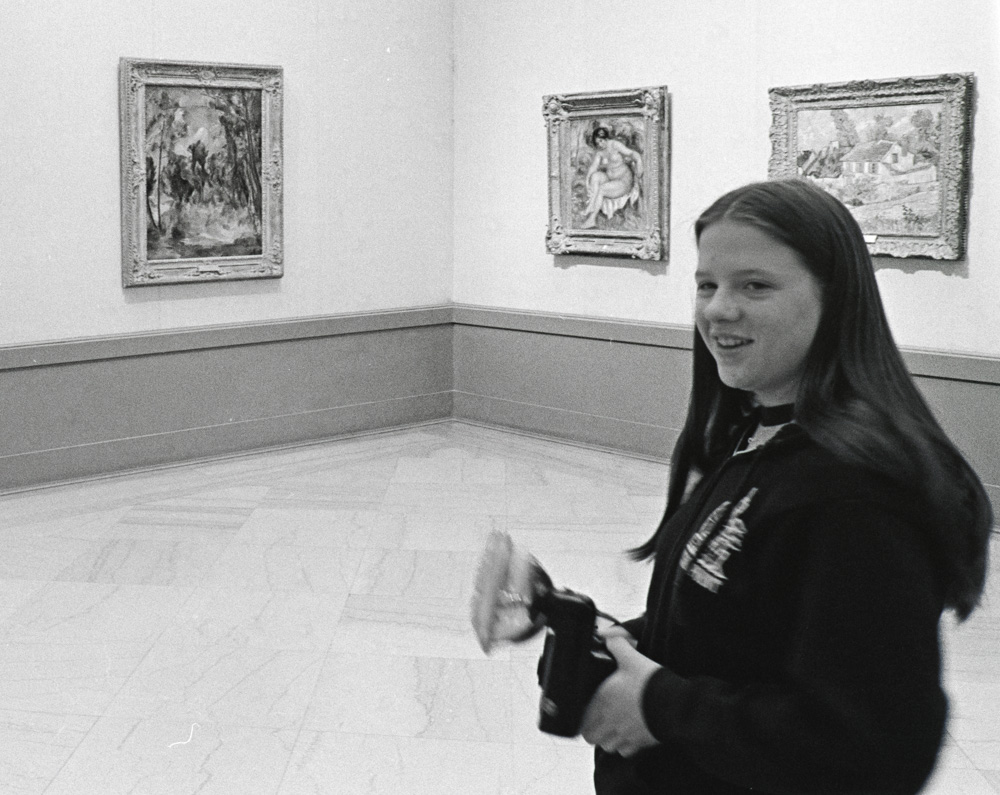
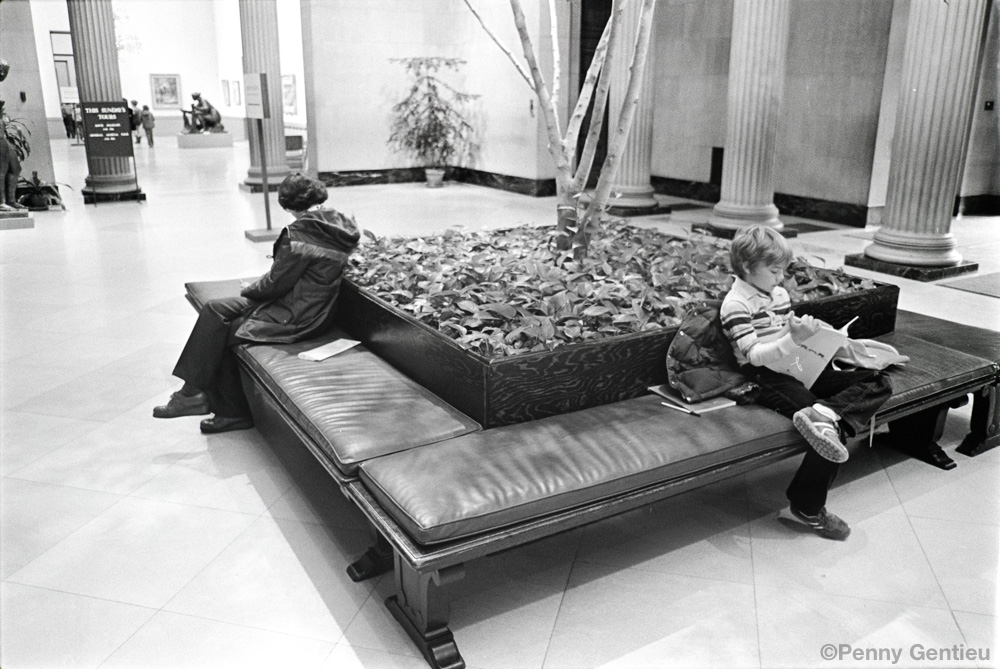

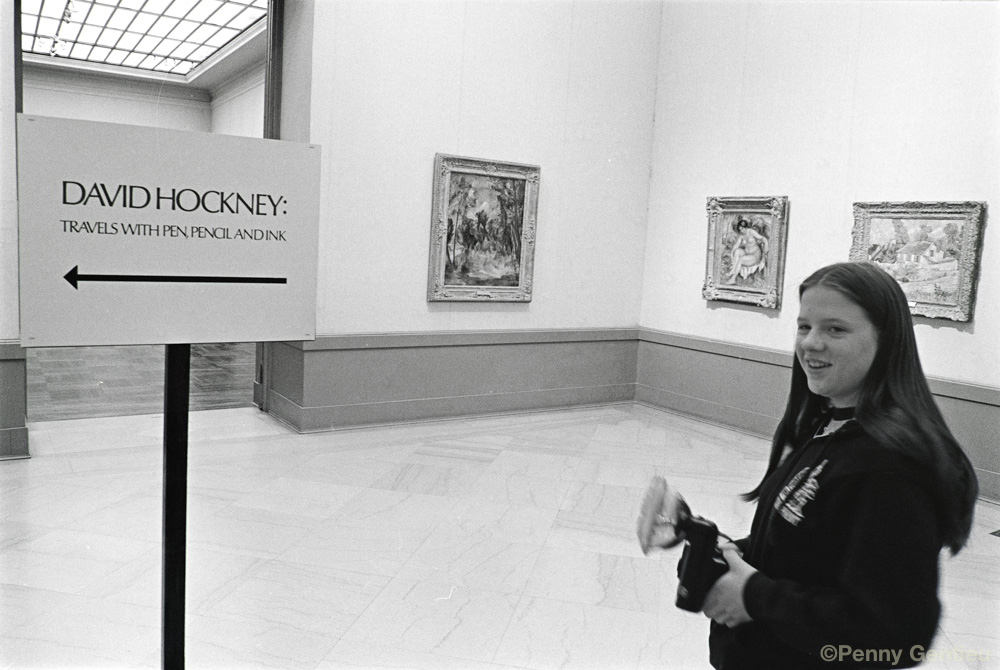
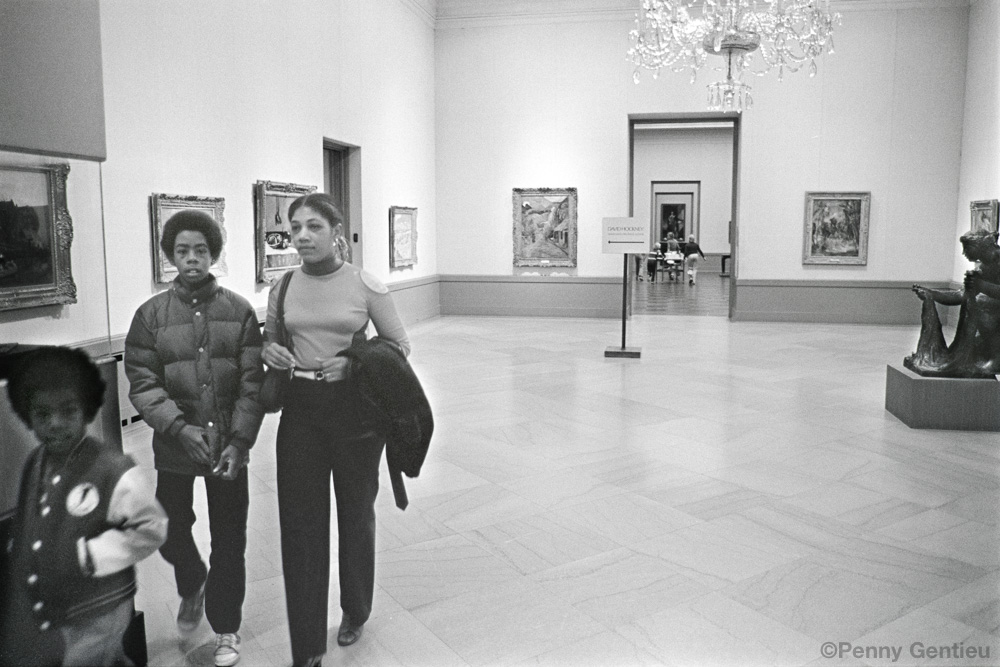
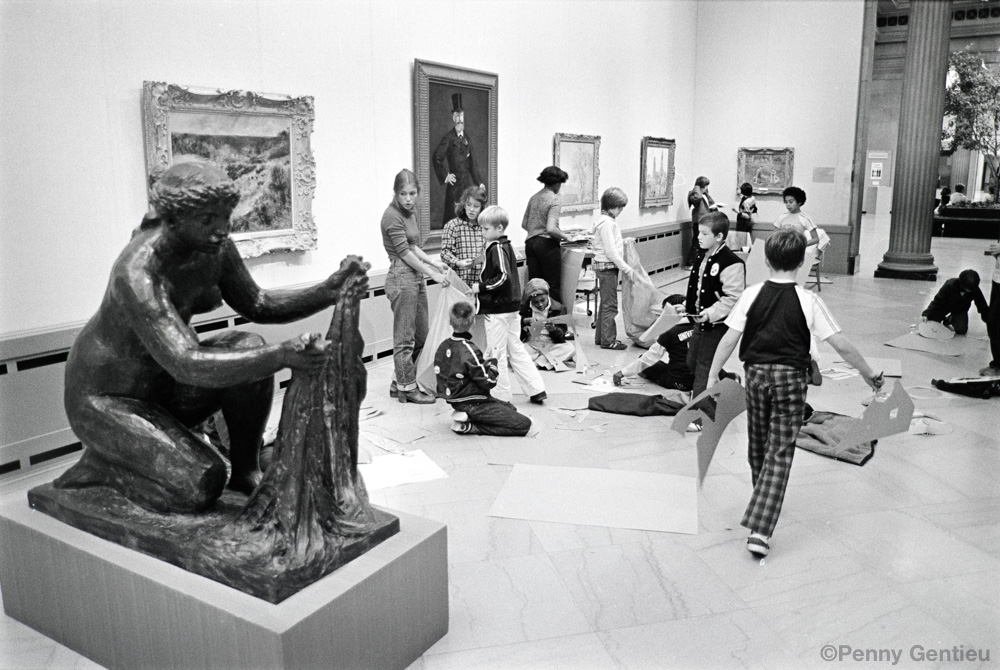
 After leaving the first gallery, where the Cezanne and Renoir paintings were shown prominently, a visitor would enter the next gallery, where one of the first paintings in the gallery hanging on the right would be Henri Matisse’s Fleurs ou Fleurs devant un portrait that Adam Levine also sold. Here, a visitor examines a sculpture by Aristide Maillol (1861-1944), Le Monument à Debussy, (in conversation with the Renoir sculpture in the first gallery) with the Matisse painting hanging in the background.
After leaving the first gallery, where the Cezanne and Renoir paintings were shown prominently, a visitor would enter the next gallery, where one of the first paintings in the gallery hanging on the right would be Henri Matisse’s Fleurs ou Fleurs devant un portrait that Adam Levine also sold. Here, a visitor examines a sculpture by Aristide Maillol (1861-1944), Le Monument à Debussy, (in conversation with the Renoir sculpture in the first gallery) with the Matisse painting hanging in the background.